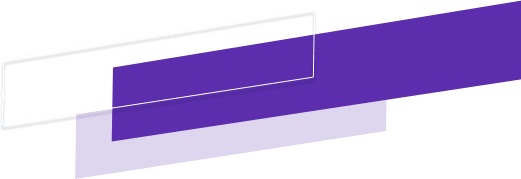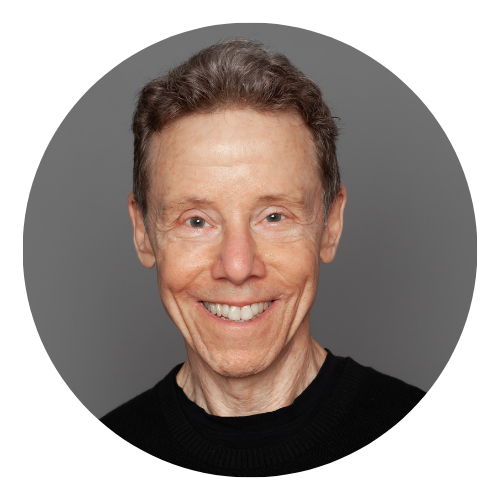Call to Schedule an Interview (917) 794-3878

OUR CLASSES
MOVEMENT 3
Movement 3 challenges actors to work for physical release, ease, strength and simplicity. The training in this class will develop the actor’s use of breath, center of gravity control and generating physical power.

The Physical Actor: Mask & Commedia
The mask is more than a theatrical tool—it is a profound medium for transformation. When an actor dons a mask, they engage in an act of surrender, allowing themselves to be moved by the energy and essence the mask brings forth. Rather than concealing the performer, the mask paradoxically reveals deeper layers of truth, unlocking an inner life that often lies dormant beneath the surface of everyday behavior. It becomes a two-way channel—bridging the intimate, unseen impulses of the actor with a heightened, often fantastical outer world. Through this surrender, the actor breaks free from personal habits, predictable gestures, and familiar expressions. The result is a liberating encounter with “otherness”—a temporary transcendence of self in order to embody characters and energies far removed from their own lived experience.
In this course, actors will engage deeply with a variety of mask forms and traditions, including Character and Emotion Masks, Portrait and Literary Characters, and the spirited world of Commedia Dell’Arte. Each mask invites the performer to discover new rhythms, postures, voices, and emotional textures. Emotion Masks might exaggerate joy, grief, or rage, compelling the actor to physicalize feeling in ways that bypass intellect. Portrait masks suggest a specific age, class, or disposition, drawing the actor into detailed narrative work. Literary characters allow students to fuse text and physicality in dynamic ways. Each exploration sharpens the actor’s awareness of physicality, breath, and stillness, while challenging them to make bold, imaginative choices.
A cornerstone of the course is Commedia Dell’Arte—a vibrant, improvisational theatre form that emerged in 16th-century Italy. Commedia’s masked archetypes, such as Arlecchino, Pantalone, and Colombina, inhabited a world of farce, trickery, and satire. These characters represented exaggerated social types—servants, masters, lovers—and found themselves entangled in fast-paced scenarios revolving around love, marriage, money, and deception. Performers relied heavily on lazzi (rehearsed comic bits), physical virtuosity, and quick-witted improvisation. Clowning and acrobatic skill added spectacle and heightened the theatricality. Originally performed in marketplaces and town squares, Commedia’s accessibility and humor made it wildly popular with the public.
Alongside the historical and physical study of Commedia, the course also draws connections to the evolution of performance traditions in France, particularly the cultural impact of 17th-century Parisian salons. These gatherings, primarily hosted by women, offered a counter-space to the dominant patriarchal culture. In salons, women fostered community, championed conversation, and discussed literature, politics, and the arts with poets, musicians, and thinkers. Salons served not only as artistic incubators but also as early forms of social resistance—sites of empowerment and self-expression. These historical contexts will be examined not just as background, but as living sources of inspiration for character creation and ensemble work.
By the end of the course, students will have gained a nuanced understanding of how mask, movement, and improvisation serve as gateways to theatrical transformation. Whether through the structured chaos of Commedia or the poetic discourse of salon culture, actors will uncover new dimensions of presence, performance, and identity onstage.




Movement 3 is a 12-week course with 24 classes.
Movement 1 & 2 are prerequisite for Movement 3.
STUDENT TESTIMONIALS

“Movement III not only created a safe space for me to fail, it helped me discover and learn that within failure itself lies the compelling, interesting behavior and choices just waiting to be discovered. Tina’s energy, passion, and mastery of her craft made me an instant Suzuki fan. Run(and stomp!), don’t walk to her class!”

Danielle Barrett

“Movement did wonders for easing my terrible, terrible nerves before auditions and performances. Many issues that came up while doing the work in the core acting class were solved in this class. The skills honed in this class apply to all areas of the acting craft.”

Kasey Huzinga

“Movement 3 was the most important class for my instrument as an actor. This class gave me the tools with which to diagnose the tension in my body and in a way that cracked open my work as an actor.”

Chris Nunez
CONTACT
Address:
147 W 25th St 5th Floor
New York, NY 10001
Phone:
Email:
LATEST POSTS
© 2024 MAGGIE FLANIGAN STUDIO. All rights reserved. | Terms and Conditions | Privacy | Sitemap

MOVEMENT 3
Movement 3 challenges actors to work for physical release, ease, strength and simplicity. The training in this class will develop the actor’s use of breath, center of gravity control and generating physical power.



ACTING STUDIO NEW YORK NY
The Maggie Flanigan Studio is the leading acting studio in New York City where professional actors train for long careers. The acting programs at the drama school are based on the Meisner Technique and the work of Sanford Meisner. The two year acting program includes acting classes, movement classes, voice and speech for actors, commercial acting classes, on camera classes, cold reading, monologue, playwriting, script analysis and the Meisner Summer Intensive.

Call to Schedule an Interview
















